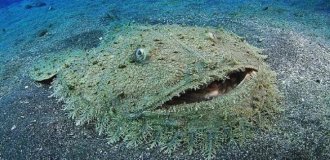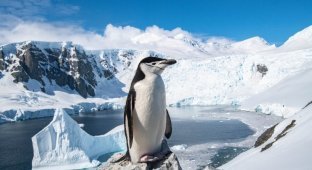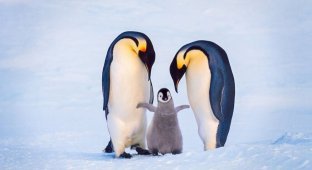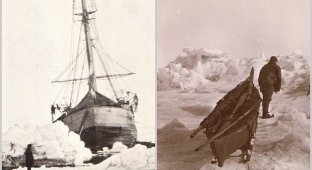An experiment to move penguins to the North Pole did not go according to plan. 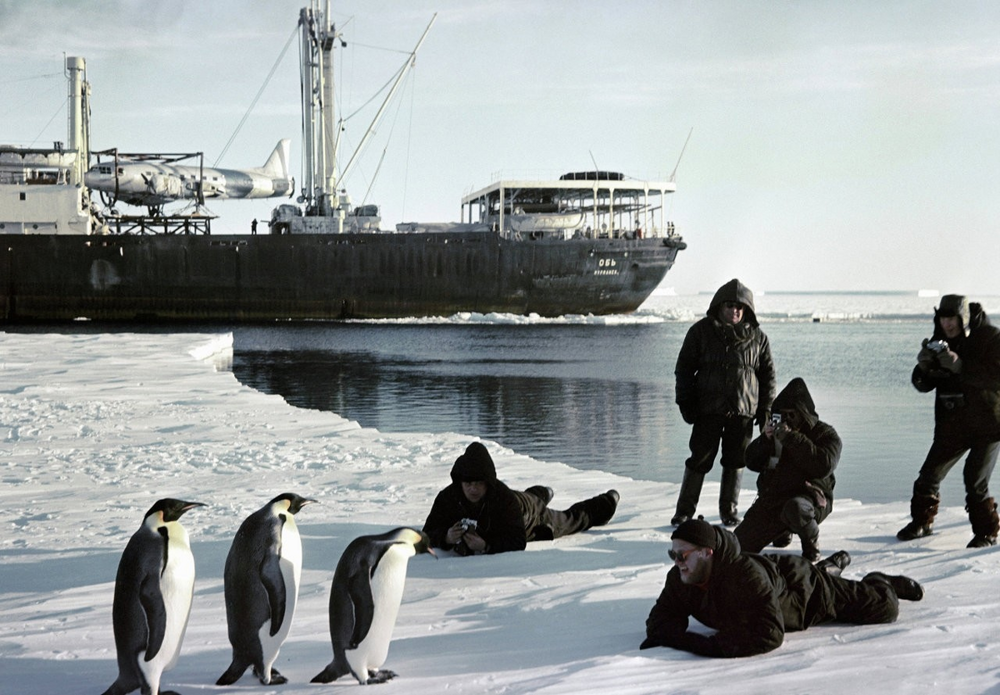
Bears in the north, penguins in the south - we have known this truism almost since kindergarten. But everything could change in the last century, when people decided to send flightless birds on a world tour. But, as you already understood, everything did not go according to plan.
Penguins could not reach the Arctic with their flippers, even if they really wanted to. At first glance, this is obvious - animals cannot swim across the whole world. But no, technically they can. The penguins easily reached the Galapagos Islands and would have moved on, if not for one thing: currents, like border guards, turn everyone who swims to the North back to the South. It is with the cool waters that the birds migrate, but the currents do not cross the equator, and the animals do not manage to get to the north. 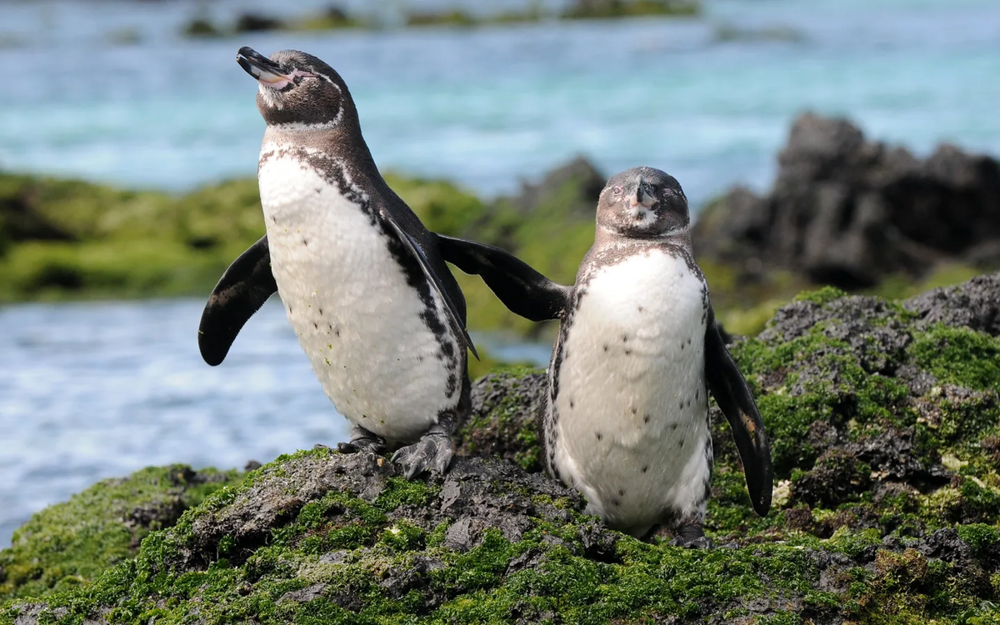
Meet the Galapagos penguin - the northernmost penguin on the planet!
However, one Norwegian shipowner named Lars Christensen decided to correct this “grand misunderstanding” in 1936. The first forced emigrants on his ship were a dozen king penguins. In order not to please the bears with an outlandish delicacy on the very first day, the penguins were landed on the island of Røst (Northern Norway), where there were no large predators. 
Over the next decades, several more brothers of other species were brought to the poor fellows and left on the island to breed and conquer the Arctic. Purely technically, the birds could survive: Arctic conditions are not fundamentally different from Antarctic conditions. But nothing worked out. 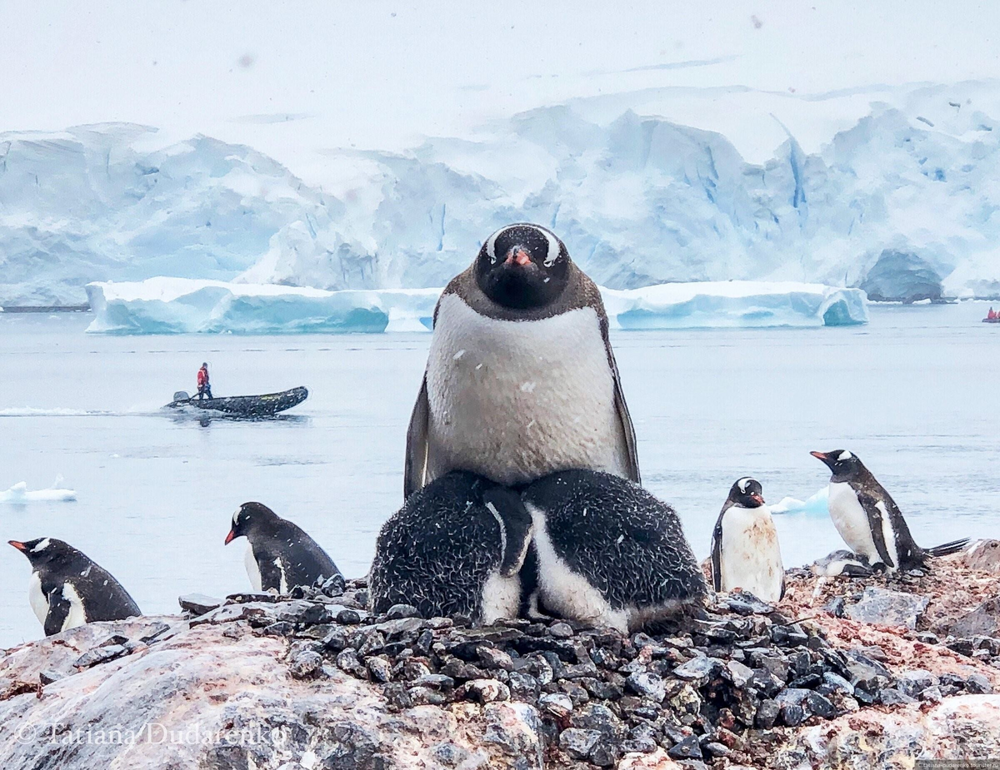
The penguins were brought in as a joke, at the whim of a Norwegian businessman. No one watched the birds, they were not monitored by ornithologists and scientists did not conduct any research. Therefore, the penguins threw back their flippers quietly, imperceptibly and for an unknown reason. The last birds were seen on the island in the late 40s and since then the reasons for their disappearance are unknown. 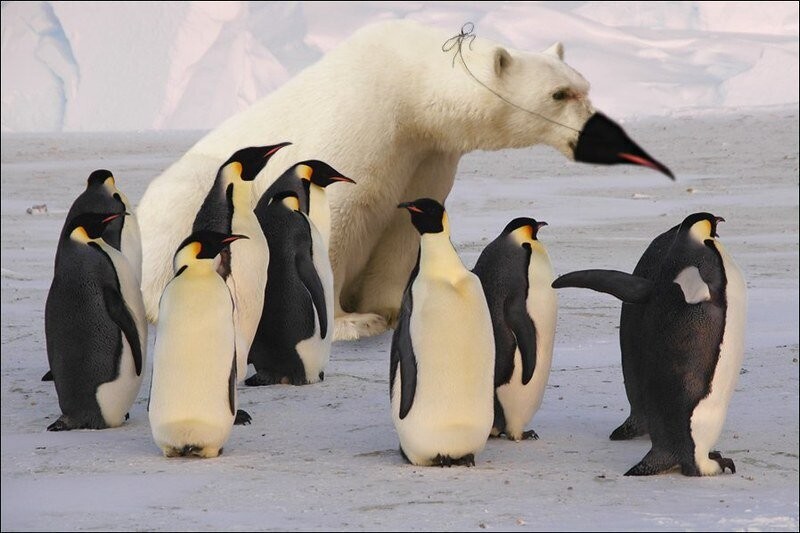
Most likely, the reason looked something like this.
If penguins do not take root in Røst, the road to the rest of the North is closed to birds. The birds would easily adapt to the diet and local conditions. But they would not be able to escape from predators. Polar bears and polar wolves would feast on adult birds, and Arctic foxes would feast on chicks and eggs. Flightless birds are absolutely not ready to fight on land. 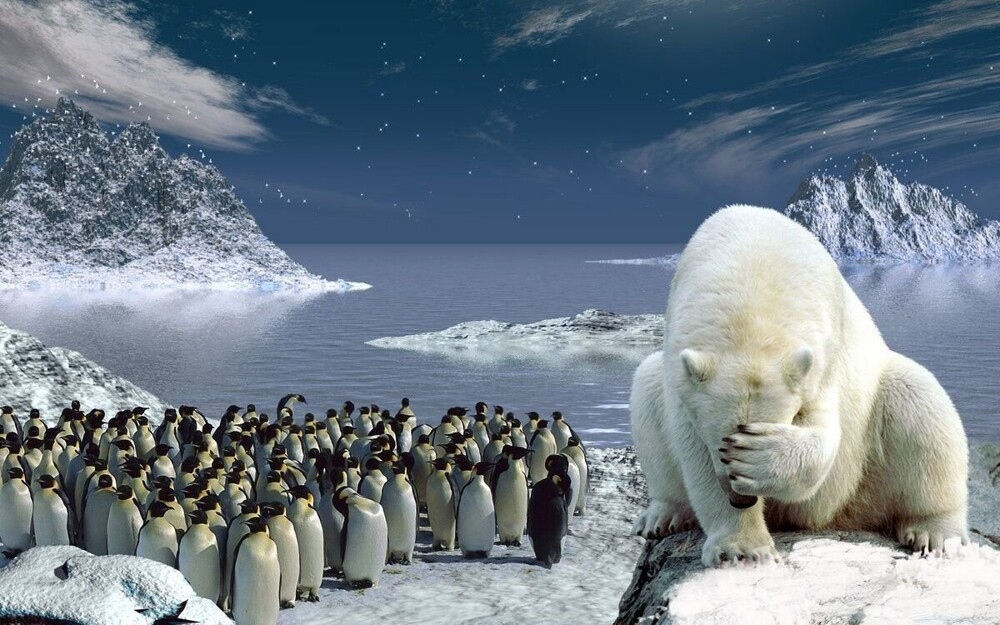
Close your eyes, Misha, there will be a surprise!
The moral of this story is this: do not bring furry, feathered and tailed strangers to other parts of the world. At best, they will simply die, and at worst, they will stage an Australian rabbit blitzkrieg with half of the local species knocked out of the Red Book!
Add your comment
You might be interested in:




